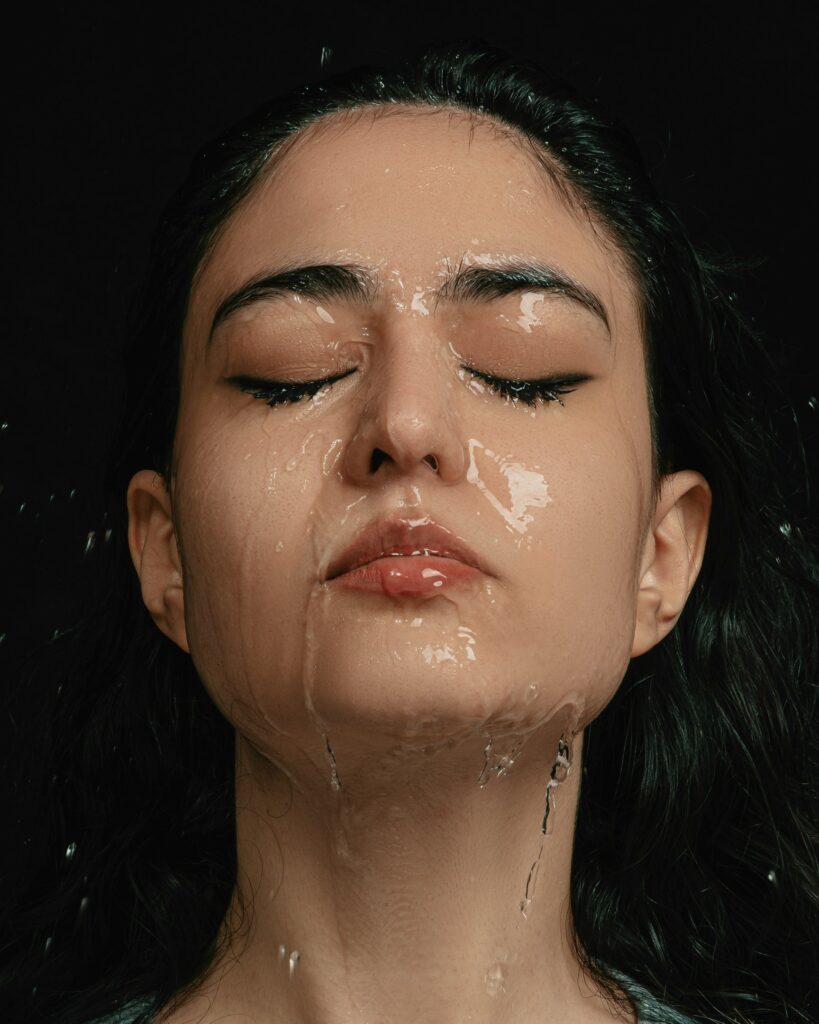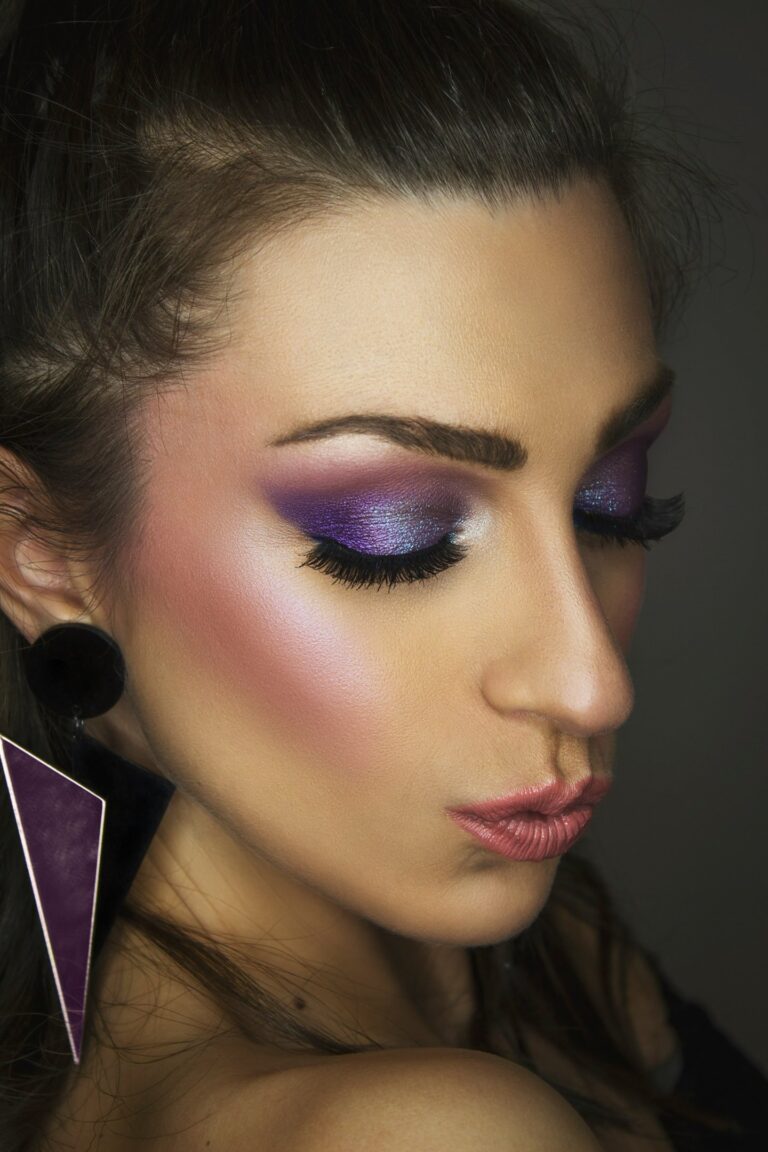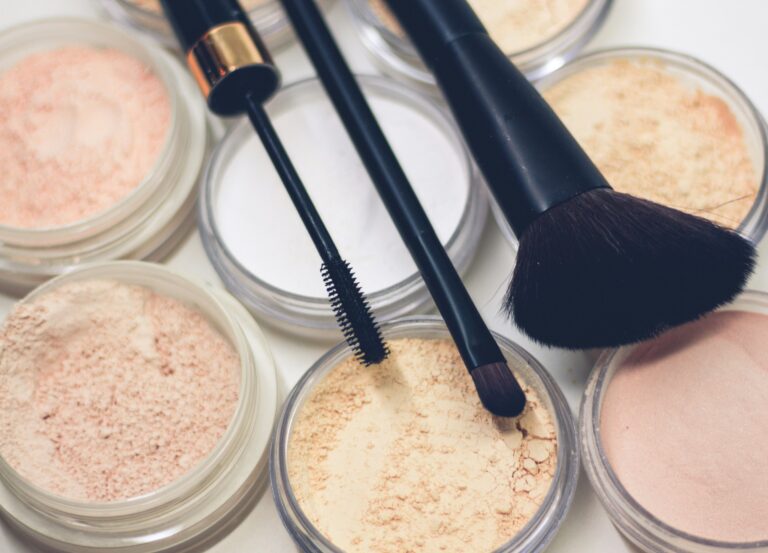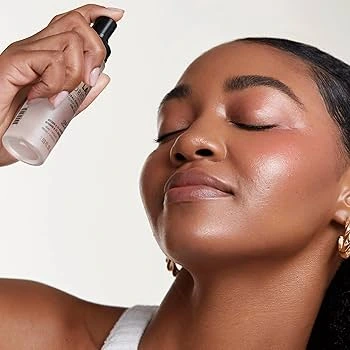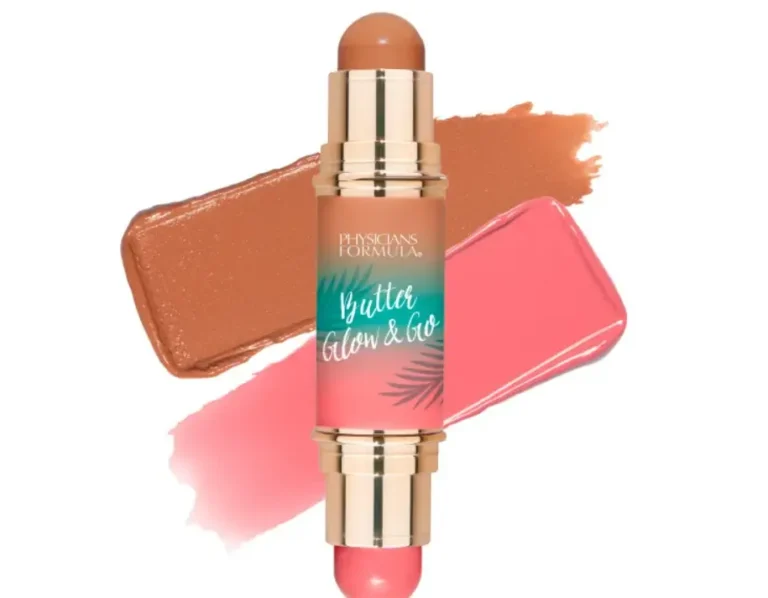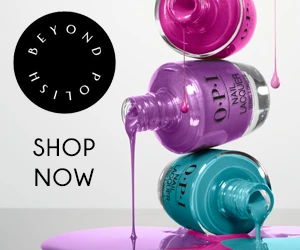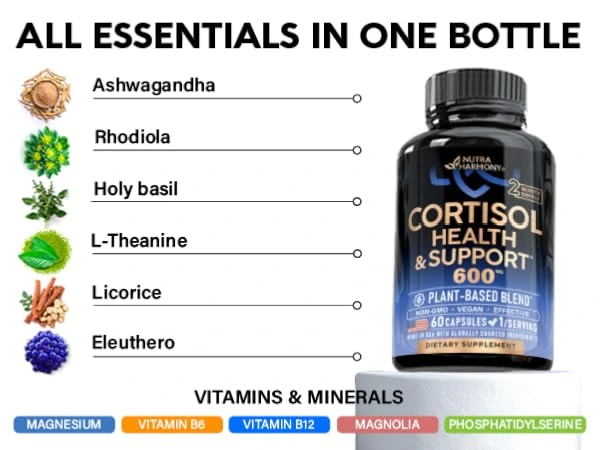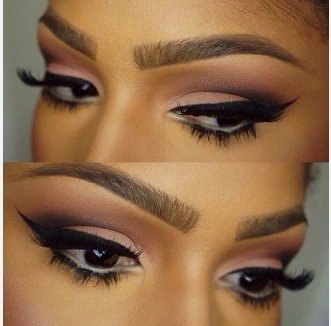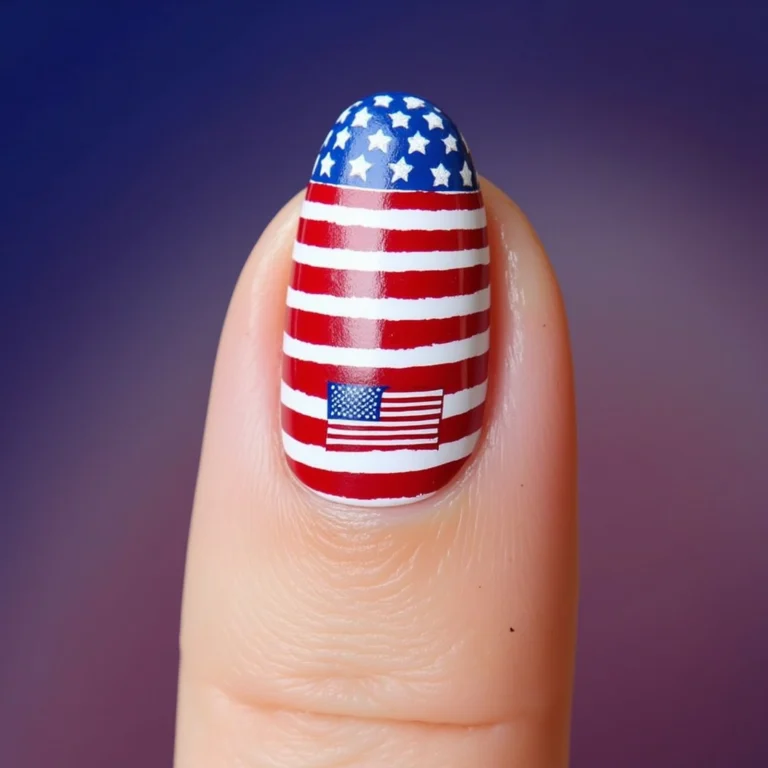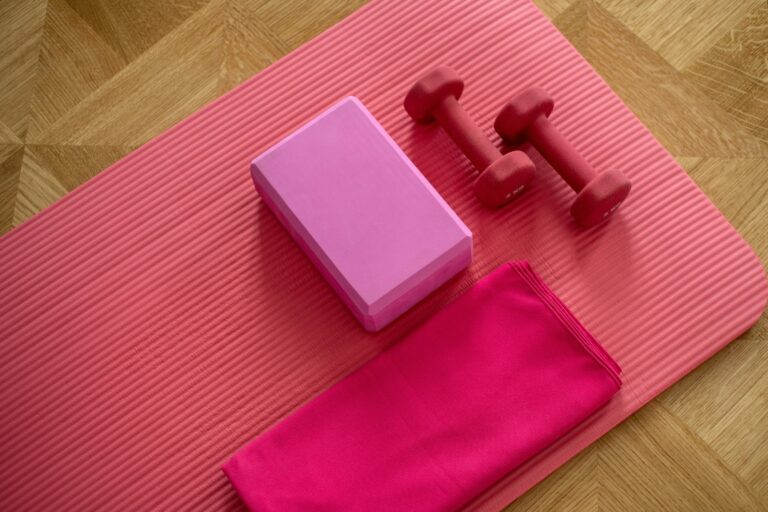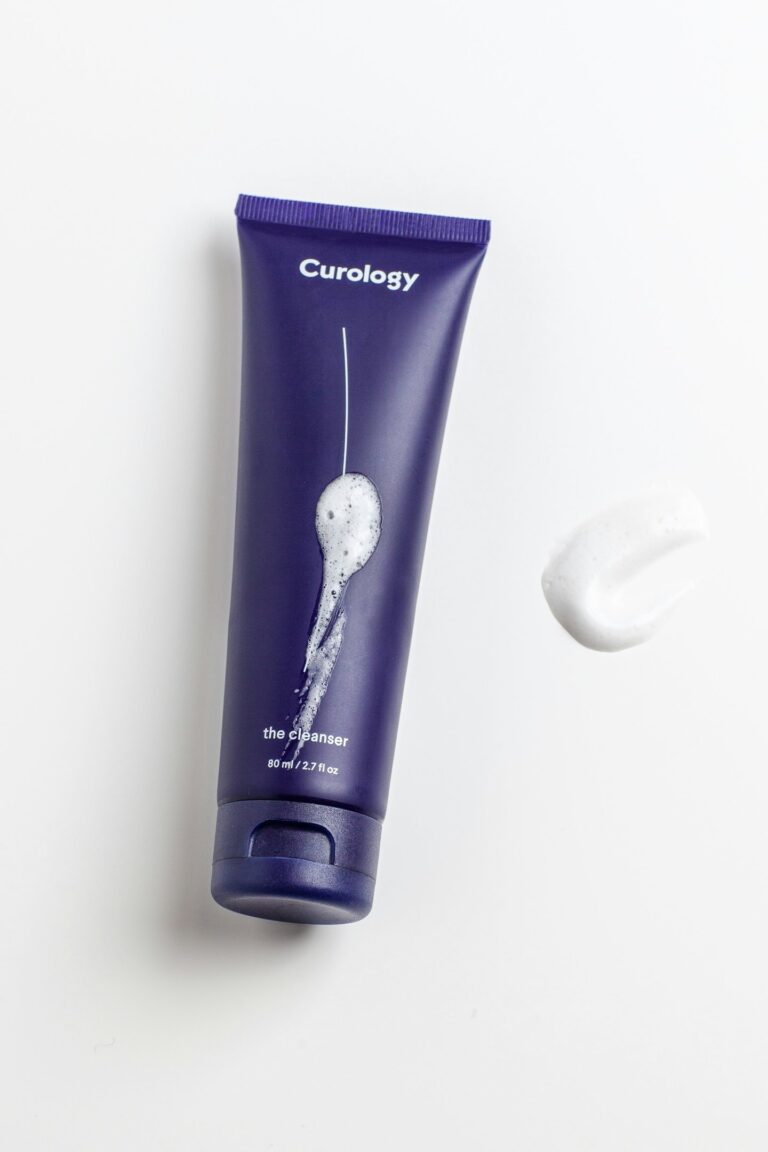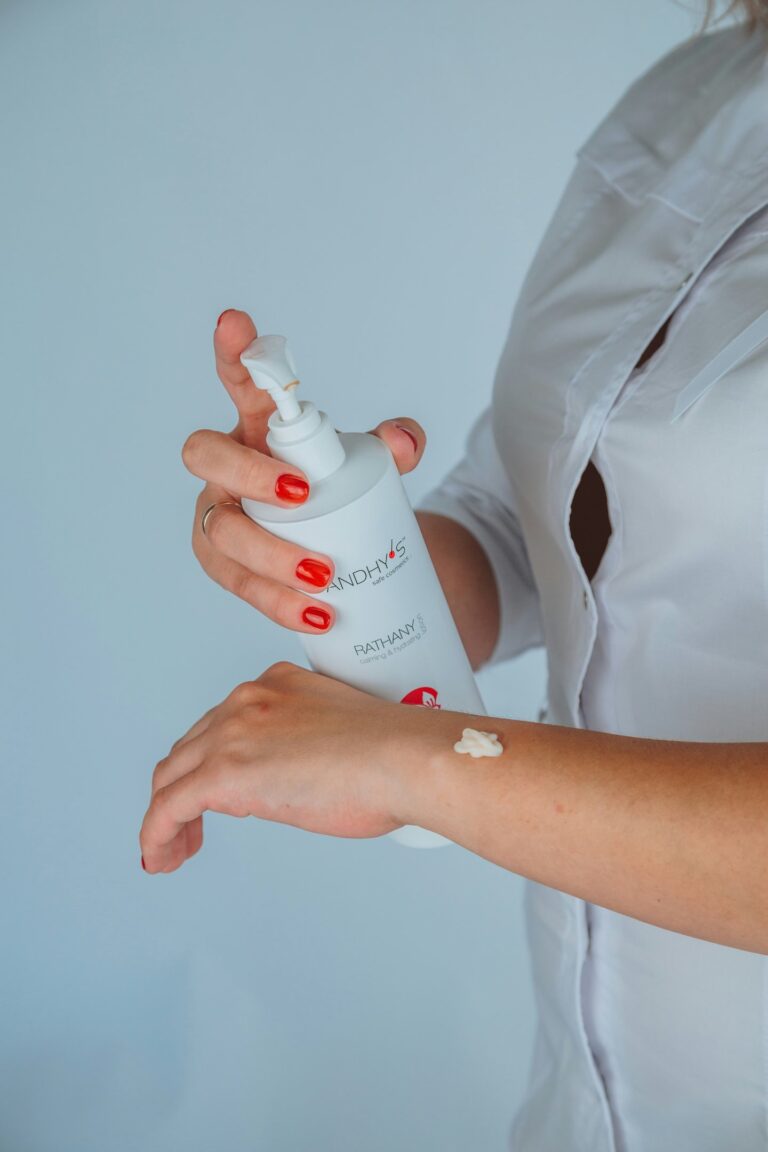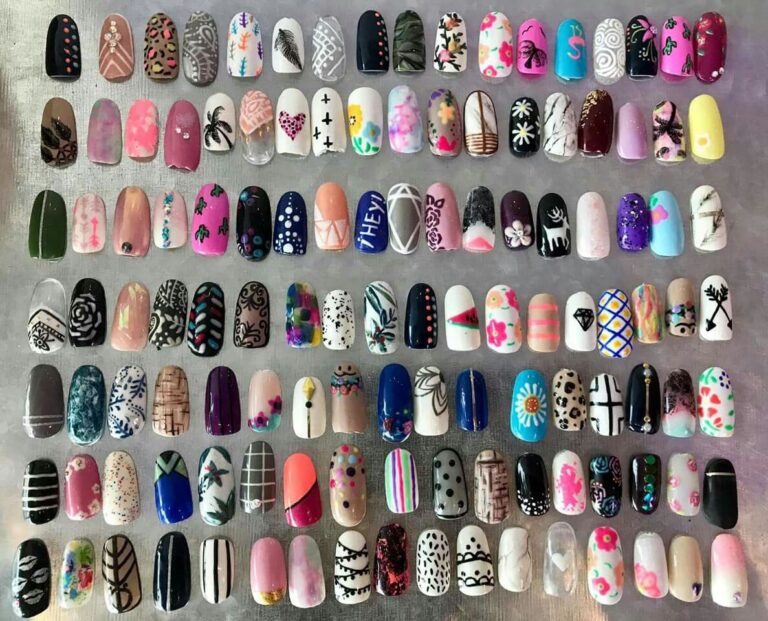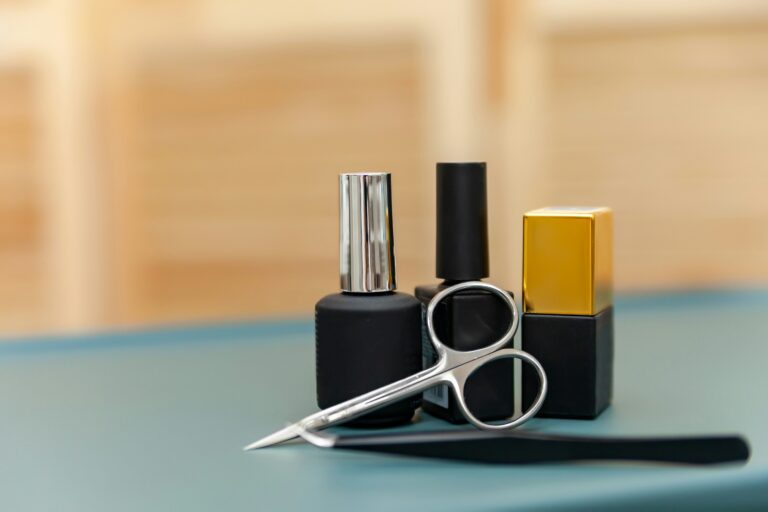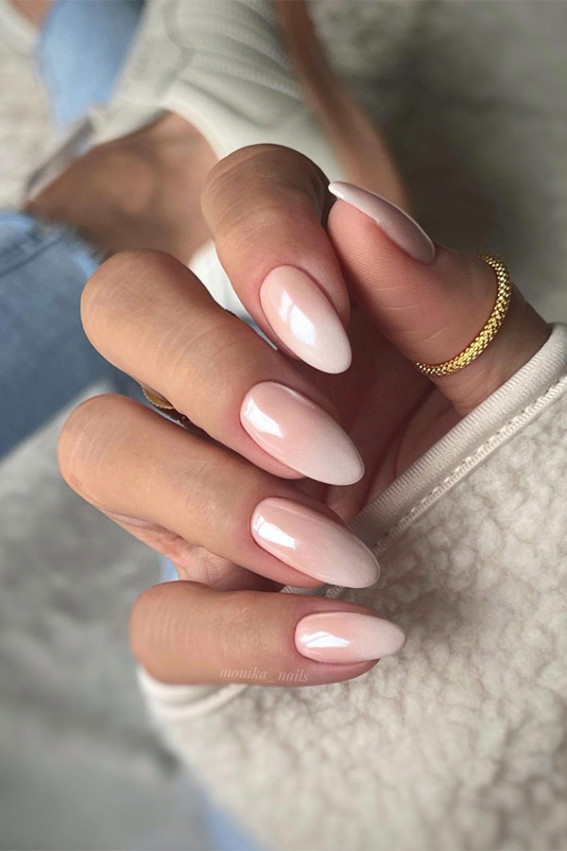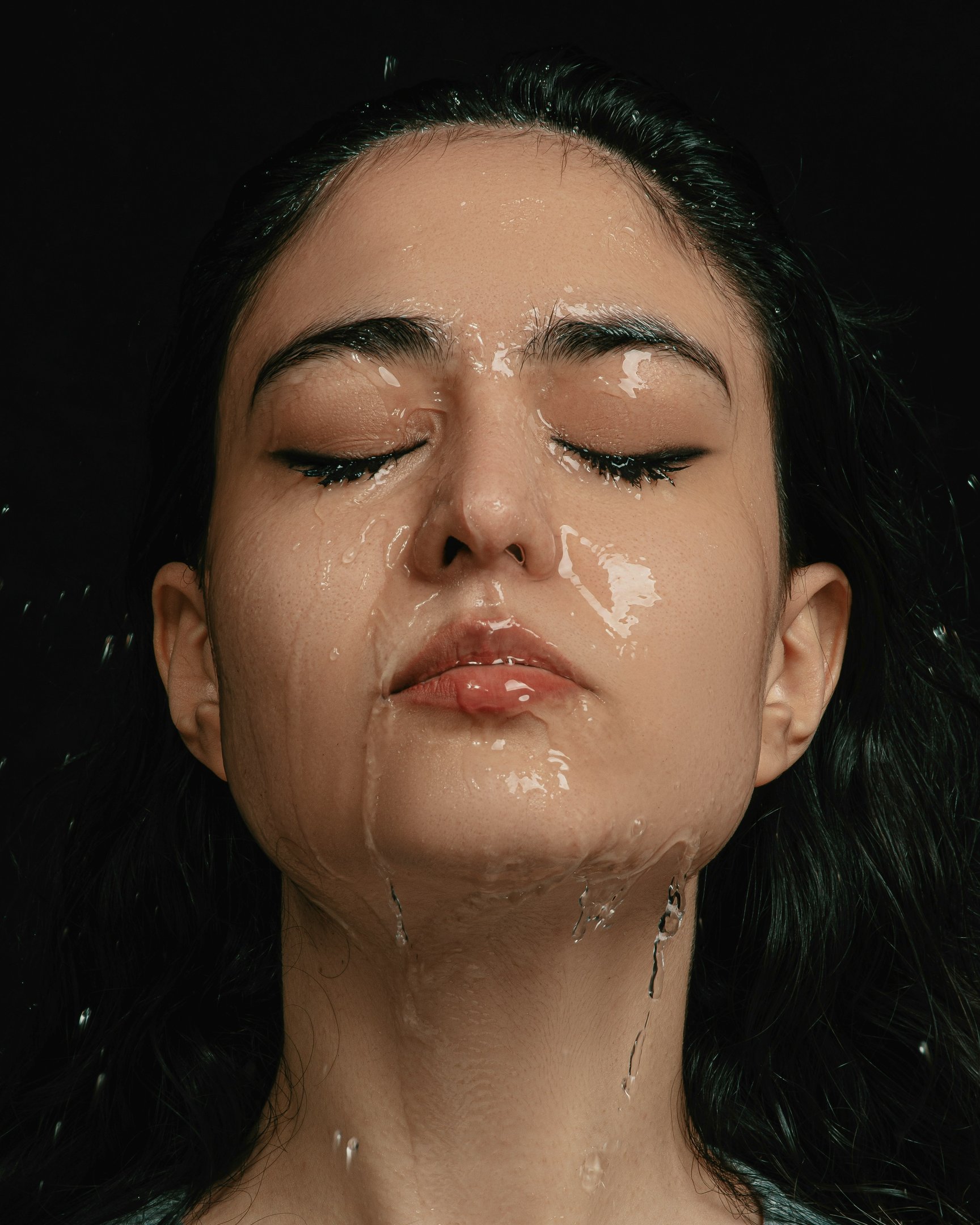
1. Your Skin Type Is Genetic — and That’s Totally Okay
Some of us were simply born with oilier skin. It’s in your DNA. Just like some people have dry or sensitive skin, others naturally produce more sebum (that’s the fancy word for oil). Sebum helps keep your skin healthy, moisturized, and protected — but when your sebaceous glands go into overdrive, you end up with excess oil on the surface.
If both of your parents had oily or acne-prone skin, chances are you inherited it too. But the upside? Oily skin tends to age more slowly. That means fewer wrinkles later in life. Silver linings, right?
🧴 Oil-balancing cleansers are great for daily use to control excess shine without stripping your face.
2. You’re Washing Your Face Too Often (Or With Harsh Products)
This one feels counterintuitive, but overwashing your face can actually cause your skin to become oilier. Here’s why: when you strip away too much natural oil, your skin freaks out and produces more to compensate. It’s a protective mechanism.
Same goes for using harsh cleansers with sulfates, high alcohol content, or strong fragrances. They might leave you feeling squeaky-clean in the moment, but that tight feeling is a red flag — not a win.
✅ Aim to wash your face twice a day (morning and night) with a gentle foaming cleanser or gel-based face wash.
🧼 Try this pH-balanced, sulfate-free face wash that leaves your skin clean but not tight.
3. Your Moisturizer Might Be… the Problem (Or the Solution)
Skipping moisturizer because you’re oily? Big mistake. Huge. When oily skin gets dehydrated, it actually becomes oilier to make up for the lack of moisture. Moisturizer is essential — but you need the right kind.
Go for something lightweight, non-comedogenic (aka won’t clog pores), and ideally gel-based. Think of it as hydrating your skin without suffocating it.
💧 This oil-free moisturizer with hyaluronic acid and niacinamide helps lock in hydration and reduce excess shine.
4. Hormones Are Doing Their Thing (Like It or Not)
Hormones — especially androgens like testosterone — directly affect how much oil your skin produces. That’s why you may notice more oiliness during puberty, your period, pregnancy, or times of stress.
When your hormone levels fluctuate, your sebaceous glands get the message to ramp up oil production. Unfortunately, this can’t always be fixed with skincare alone.
In some cases, dermatologists might recommend oral medication or hormonal treatments. But in the meantime, your skincare can still support and balance your skin.
🧴 Try a serum with zinc or niacinamide — both of which help regulate oil production and calm inflammation.
5. You’re Using the Wrong Sunscreen (or Skipping It Entirely)
Oily skin + sunscreen has long been a frustrating combo. Some formulas feel greasy, sticky, or make your face look like a glazed donut (and not in a cute way). But skipping SPF altogether isn’t the move — especially since sun damage can actually trigger more oil production as your skin tries to heal and protect itself.
The key? Look for mineral or hybrid sunscreens labeled “matte,” “oil-free,” or “for oily skin.”
☀️ This matte-finish sunscreen is lightweight, SPF 50, and perfect for oily skin types.
6. Your Environment Is Working Against You
If you live in a hot, humid climate or spend your day indoors with blasting heat or AC, your skin could be responding to those extremes by producing extra oil.
Same goes for pollution-heavy environments — your skin may be ramping up oil production to protect itself from external stressors.
While you can’t exactly change the weather, you can adjust your routine.
🌬️ Try this antioxidant-rich toner that refreshes oily skin and defends against pollution.
🔁 Bonus: 3 Quick Lifestyle Tips to Manage the Shine
Here are a few small changes that can make a big difference:
-
Change your pillowcase every 2-3 days to avoid oil and bacteria buildup.
-
Keep blotting papers or mattifying powder on hand — they’re your mid-day oil-fighting friends.
-
Stay hydrated — water helps your skin regulate oil production more effectively.
🧴 Building an Oily-Skin Friendly Routine
Here’s a simplified oily-skin routine to get you started:
AM Routine:
-
Gentle gel cleanser
-
Balancing toner (optional)
-
Oil-regulating serum
-
Oil-free moisturizer
-
Mattifying sunscreen
PM Routine:
-
Same gentle cleanser
-
Hydrating + clarifying serum
-
Gel moisturizer or night cream for oily skin
🧠 Final Thoughts: Oil Isn’t the Enemy
Having oily skin doesn’t mean you’re doomed to breakout city forever. In fact, with the right care, oily skin can be balanced, clear, and glowy — not greasy.
It’s all about learning what your skin is trying to tell you and giving it the tools to chill out. Think less punishment, more partnership.
